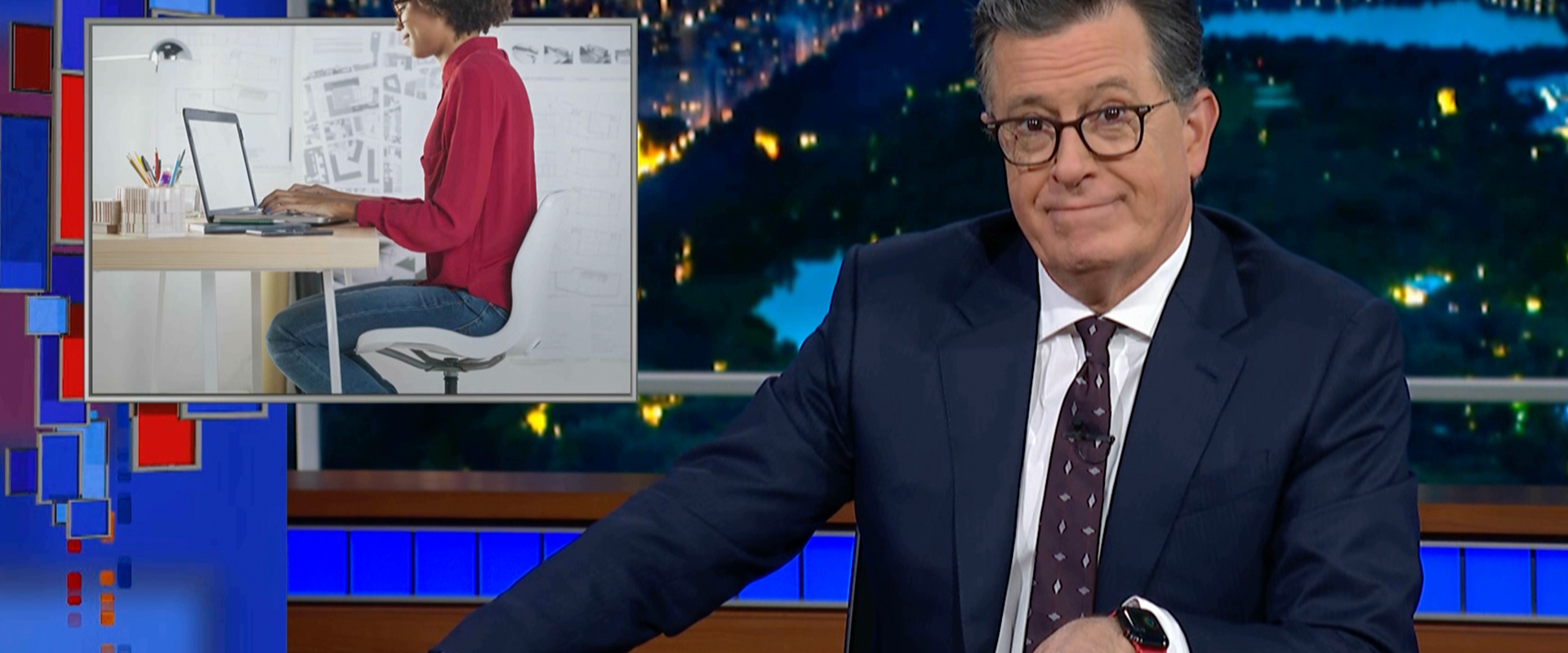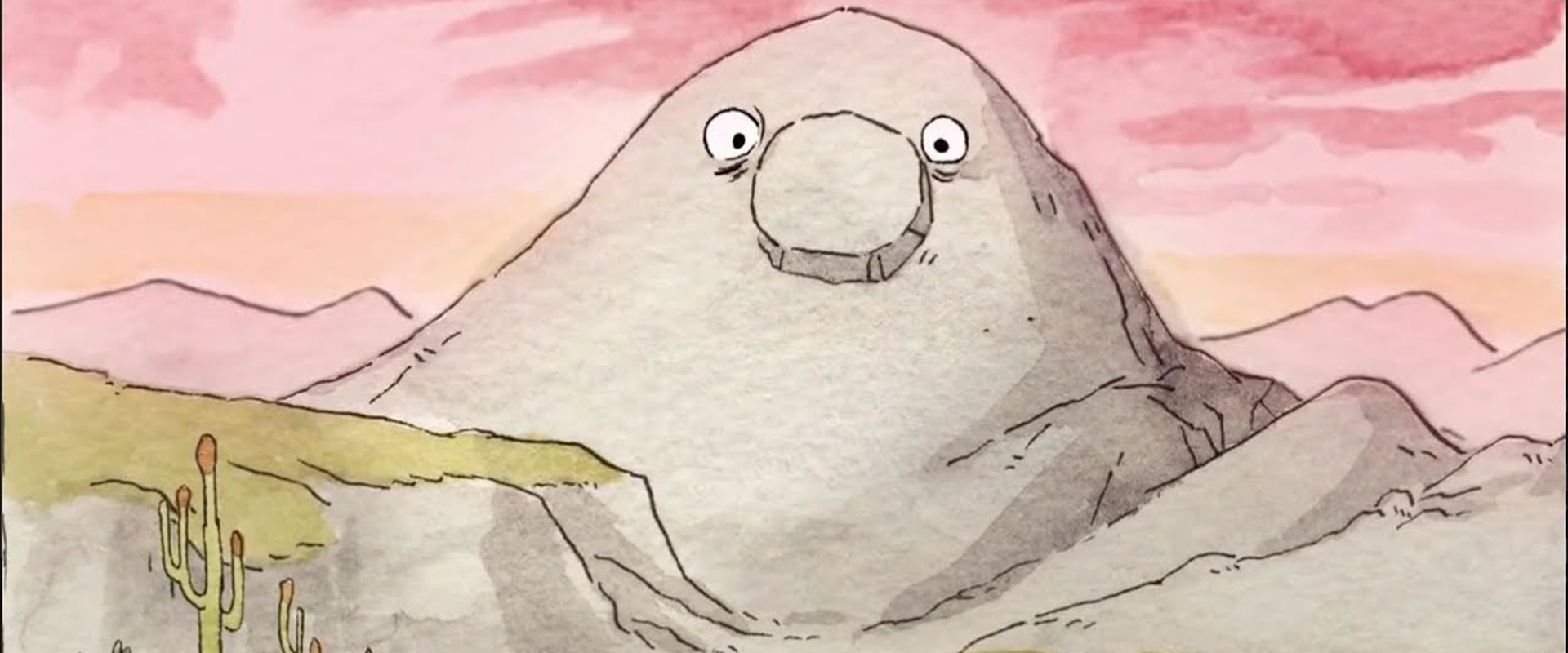20 MILLION Year-Old Spider and the Science of Spider Silk
Viewers like you help make PBS (Thank you 😃) . Support your local PBS Member Station here: https://to.pbs.org/PBSDSDonate Don t miss our next video! SUBSCRIBE! ►► http://bit.ly/iotbs_sub Check it out: BrainCraft visits another MacArthur Genius! https://youtu.be/ewPeAFQWg3s ↓↓↓ More info and sources below ↓↓↓ Living things have engineered some pretty awesome materials, but I m not sure anything measures up to spider silk. It s as strong, as stretchy, and as resilient than even humans most advanced creations like Kevlar and steel. So how do these awesome arachnids weave such an incredible substance using nothing but their rear ends? And… what IS this stuff? I went to meet Dr. Cheryl Hayashi, one of the world s experts in spider silk, to find out. Special thanks to the John D. and Catherine T. MacArthur Foundation: https://www.macfound.org/ READ MORE: Brunetta, Leslie, and Catherine L. Craig. Spider silk: evolution and 400 million years of spinning, waiting, snagging, and mating. Yale University Press, 2010. Römer, Lin, and Thomas Scheibel. "The elaborate structure of spider silk." Prion (2008). ----------- FOLLOW US: Merch: https://store.dftba.com/collections/its-okay-to-be-smart Facebook: http://www.facebook.com/itsokaytobesmart Twitter: @okaytobesmart @DrJoeHanson Tumblr: http://www.itsokaytobesmart.com Instagram: @DrJoeHanson Snapchat: YoDrJoe ----------- It s Okay To Be Smart is hosted by Joe Hanson, Ph.D. Director: Joe Nicolosi Writer: Sarah Keartes Producer/editor/animator: David Schulte Producer: Stephanie Noone and Amanda Fox Produced by PBS Digital Studios Music via APM Stock images from Shutterstock http://www.shutterstock.com




















